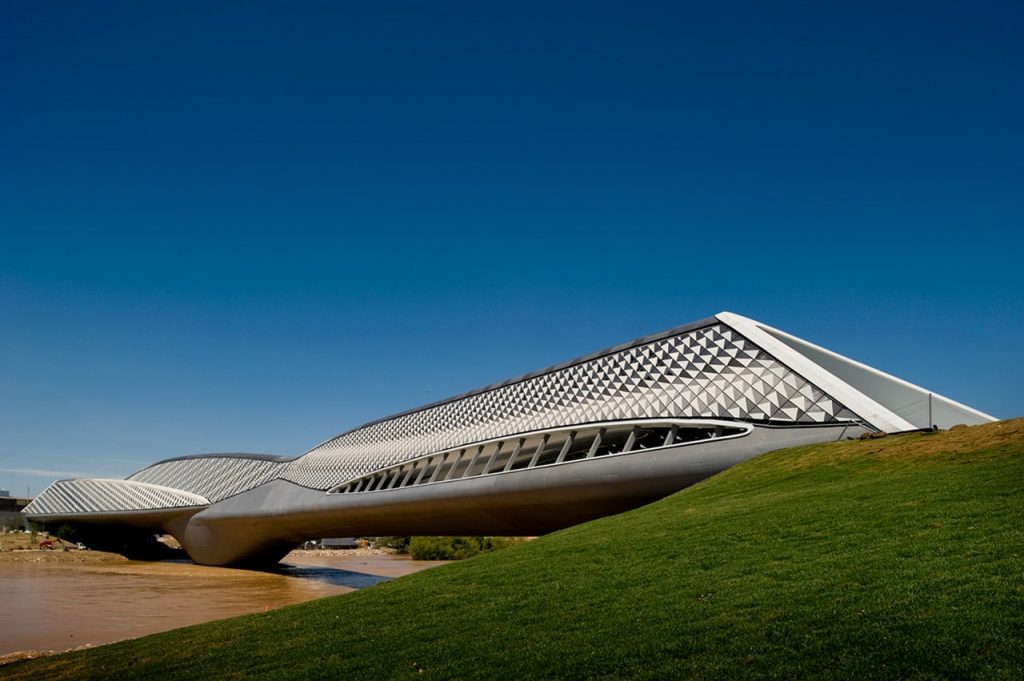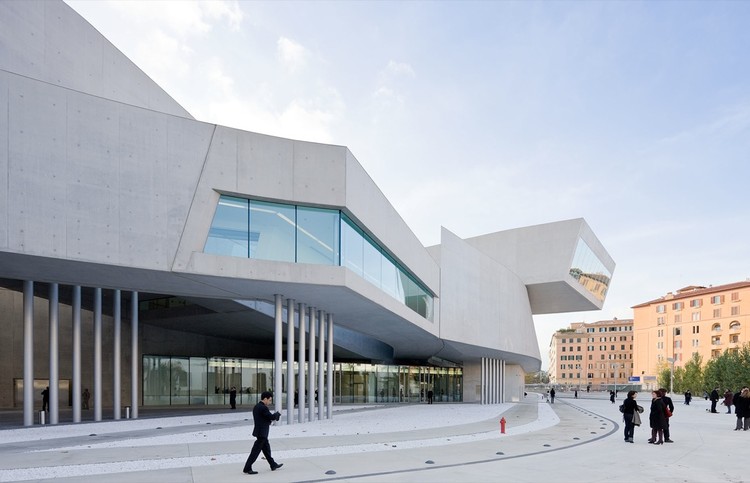10. Robert Stern
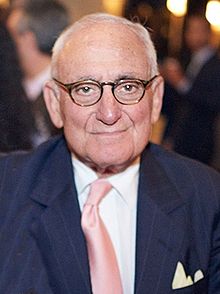
Education: Graduated from Columbia University and received masters from Yale University
Notable works: Comcast Tower, 15 Central Park West, Pauli Murray College and Benjamin Franklin College
Quote: “To be an architect is to possess an individual voice speaking a generally understood language of form.”
Stern developed a reputation as a postmodern architect for integrating classical elements into his designs for contemporary buildings, but in the mid-1980s, his work became more traditional, more in keeping with the then emerging New Classical architectural movement. He denied these characterizations, arguing that his projects draw on vernacular context and local traditions. In recent years, the work of Stern’s office has ranged from traditional to modernist, depending on the building type and project location, and is best characterized as eclectic and contextual.

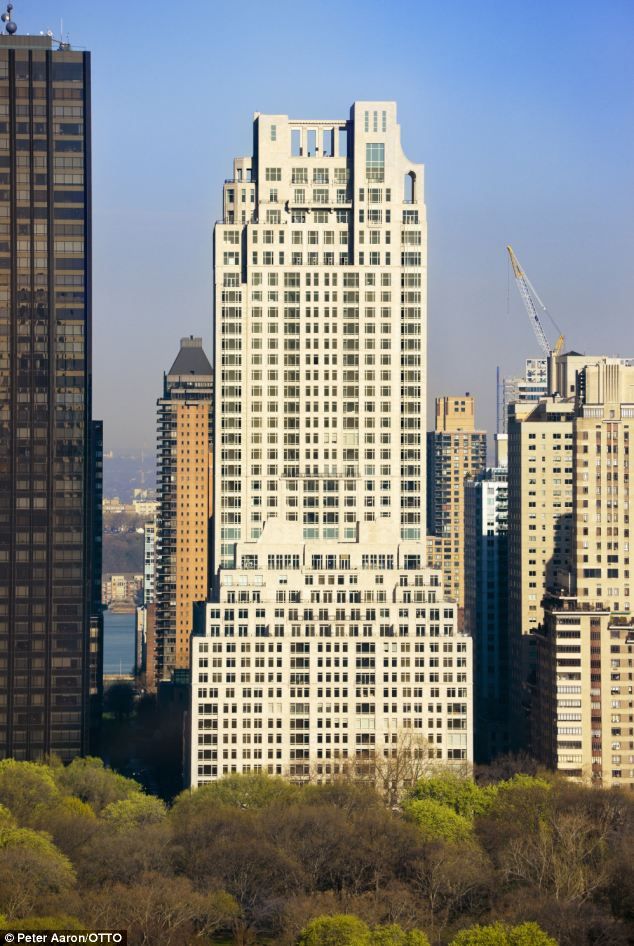
09. Robert Venturi

Education: Princeton University
Notable works: Gordon Wu Hall, Sainsbury Wing, Allen Memorial Art Museum, Vanna Venturi House
Quote:“Less is Bore”
Robert Venturi was an architect who is often considered the father of postmodernism who rejected glass-cube structures in favor of an inclusive, eclectic style that embraced community values and a touch of vulgarity. Together with his wife and partner, Denise Scott Brown, he helped shape the way that architects, planners and students experience and think about architecture and the American-built environment. Their buildings, planning, theoretical writings, and teaching have also contributed to the expansion of discourse about architecture.
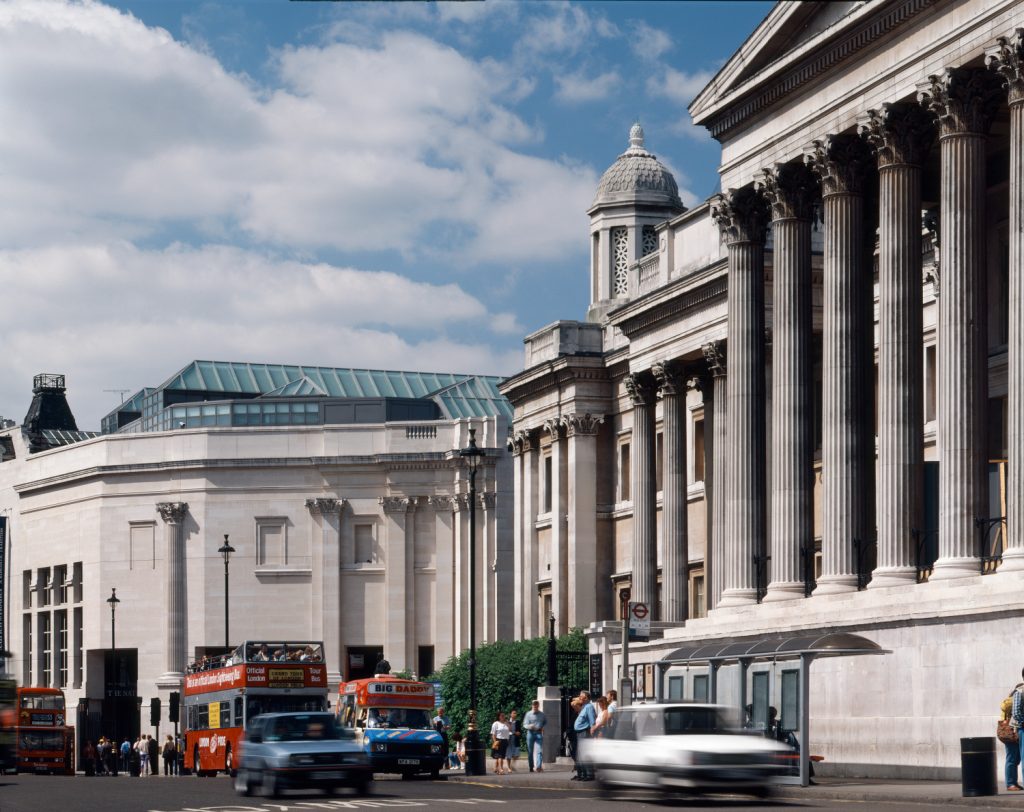

08. Santiago Calatrava
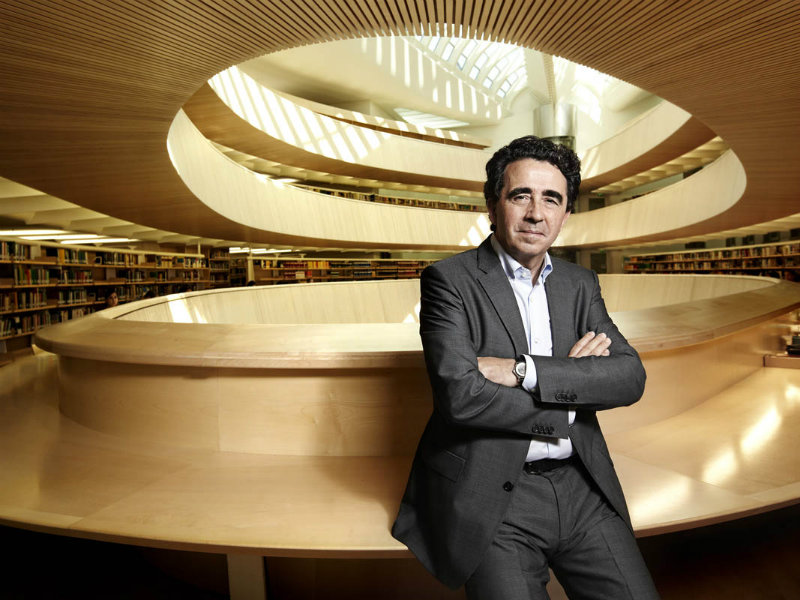
Education: Polytechnic University of Valencia completed diploma in architecture then studied urbanism, Swiss Federal Institute of Technology- got his second degree in civil engineering
Notable works: Auditorio de Tenerife, Alamillo bridge, Athens Olympic Sports Complex, Museum of Tomorrow
Quote: “I am always searching for more light and space.”
One of the most exciting innovators of modern architecture, Calatrava takes his inspiration from natural and human forms fusing them with his carefully chosen materials to create aesthetic harmony. His style is both unique and symbolic, recognized all over the world over for the sense of movement that he manages to capture in a stationary object. Having knowledge of engineering and sculpting he uses them as the creation of the basis for his design that makes his structures interesting. White natural flowing shapes are something that can be seen through all of his work.
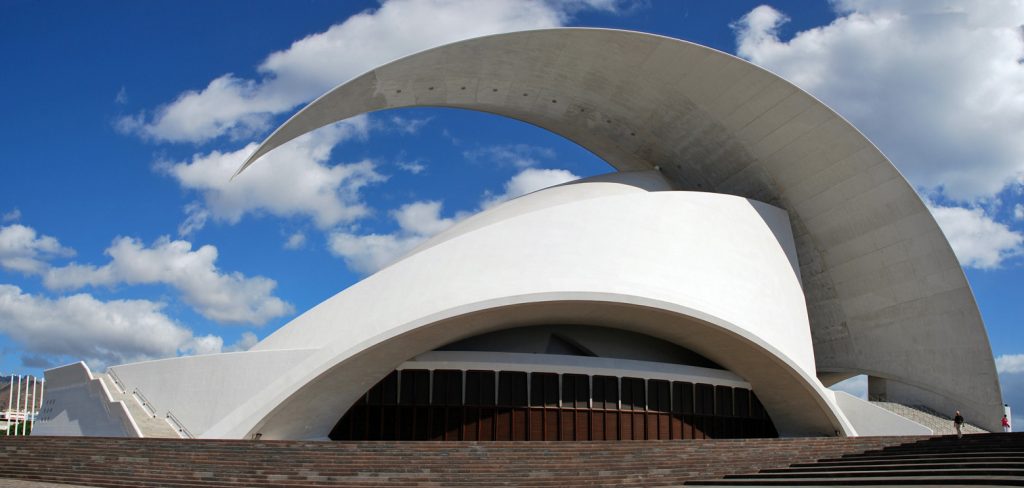
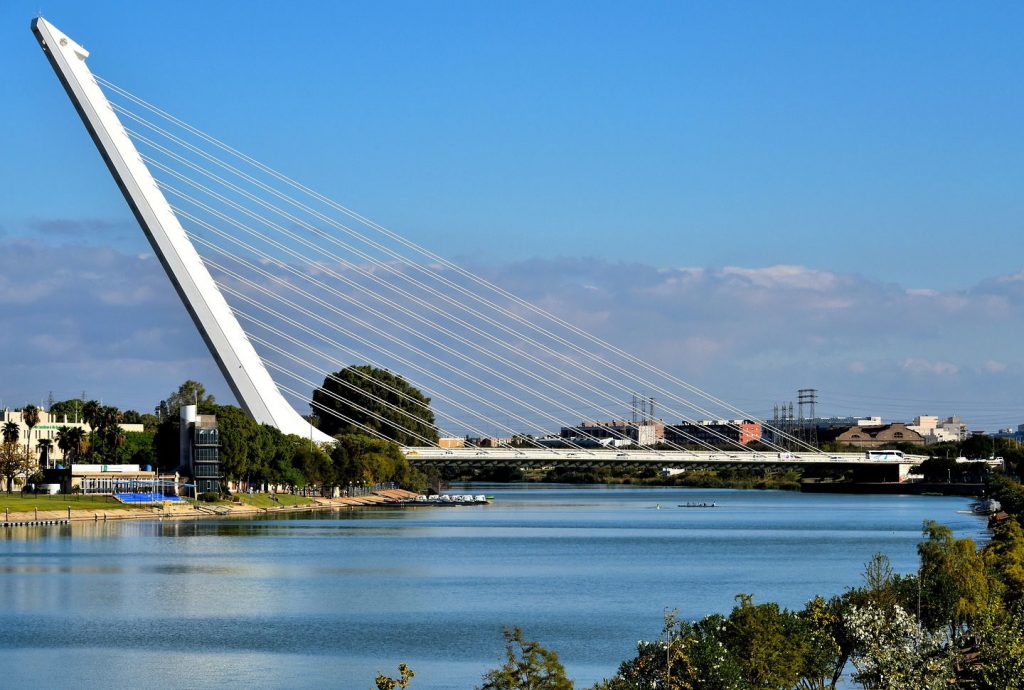
07. Steven Holl
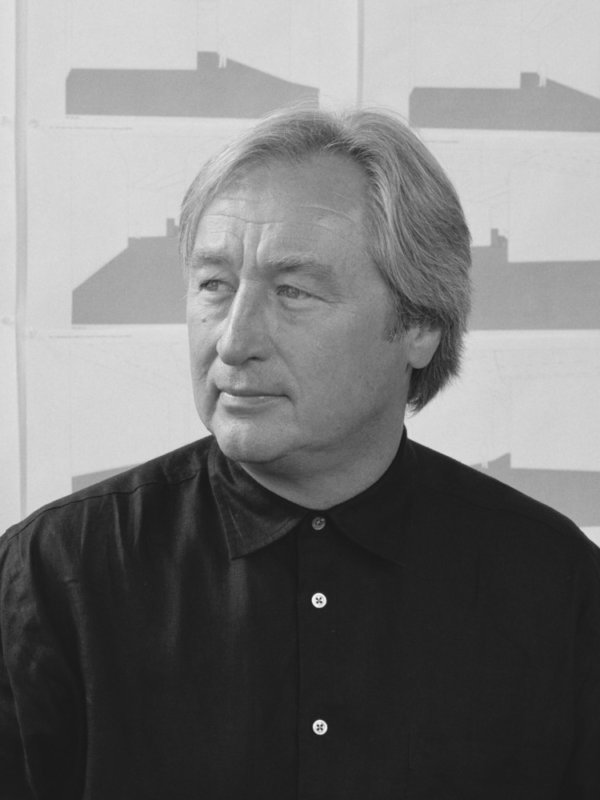
Education: University of Washington, Architectural Association for Architects
Notable works: Simmons Hall of MIT, Kiasma, Nelson-Atkins Museum of Art, Horizontal Skyscraper – Vanke Center
Quote:“Architecture is bound to situation. And I feel like the site is a metaphysical link, a poetic link, to what a building can be.”
Steven Holl is one of the great contemporary architects. With a career spanning over 40 years, Holl has produced a body of work that has seen his consistent and considered approach to architecture develop into a unique signature style. Although this style is comprised of many different aspects, none is more synonymous than his unparalleled mastery over daylight.
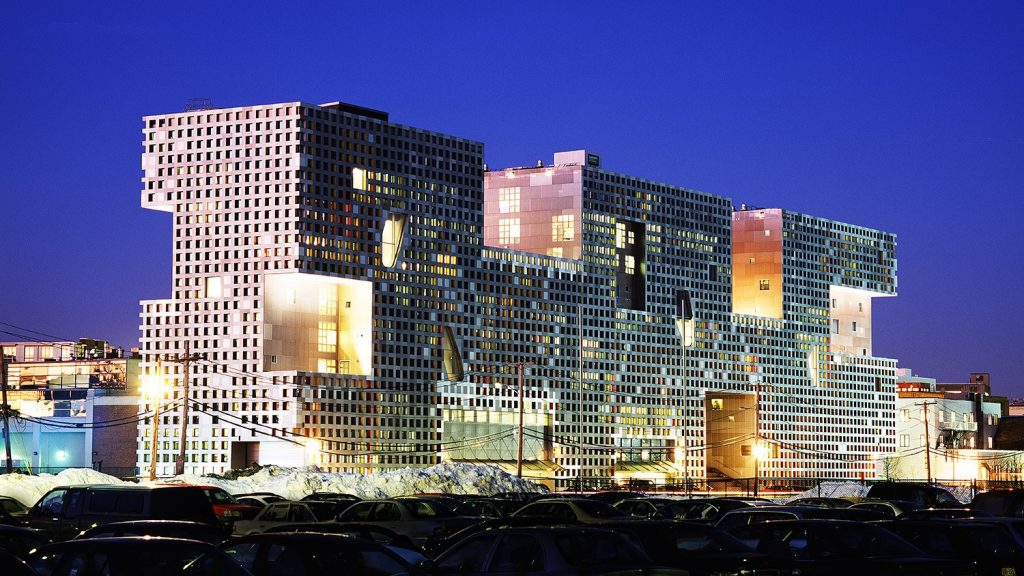
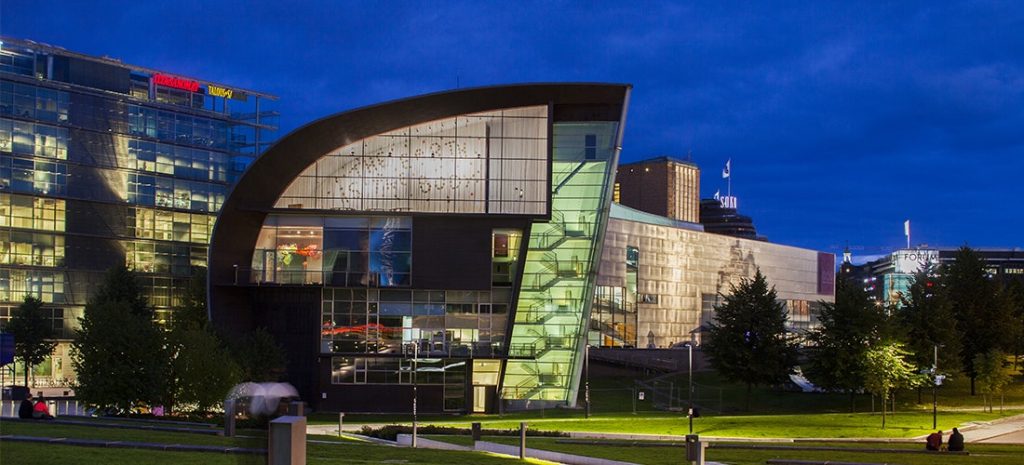
06. Shigeru Ban
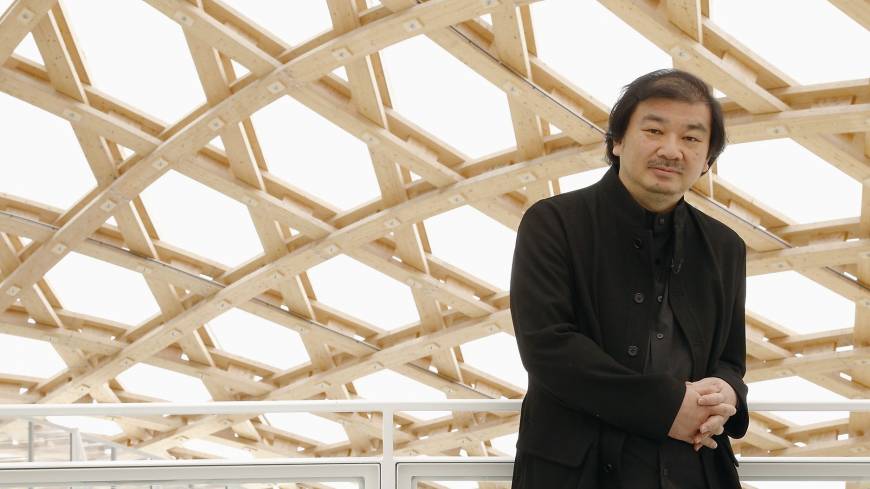
Education: Southern California Institute of Architecture, Cooper Union for the Advancement of Science and Art
Notable works: Centre Pompidou-Metz, Cardboard Cathedral, Christchurch, Aspen Art Museum
Quote: “I’m not inventing anything new, I’m just using existing material differently.”
For Shigeru Ban, one of the most important themes in his work is the “invisible structure”. That is, he does not overly express his structural elements, but rather chooses to incorporate them into the design. Ban is not interested in the newest materials and techniques, but rather the expression of the concept behind his building. He deliberately chooses materials to further this expression. His formal explorations with basic building materials helped to lead him into unique structural solutions. He still explores basic geometrical elements.
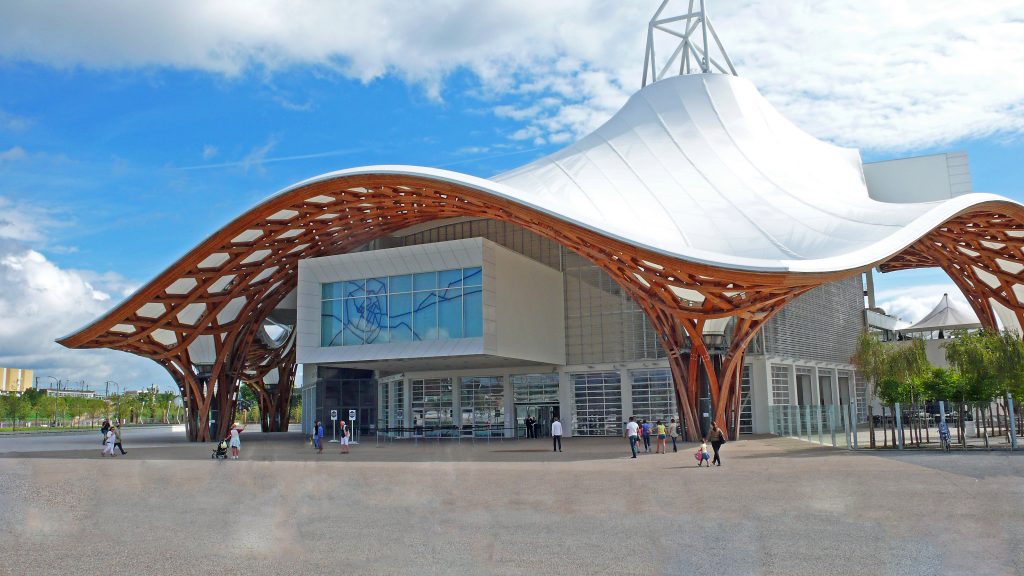

05. Tadao Ando
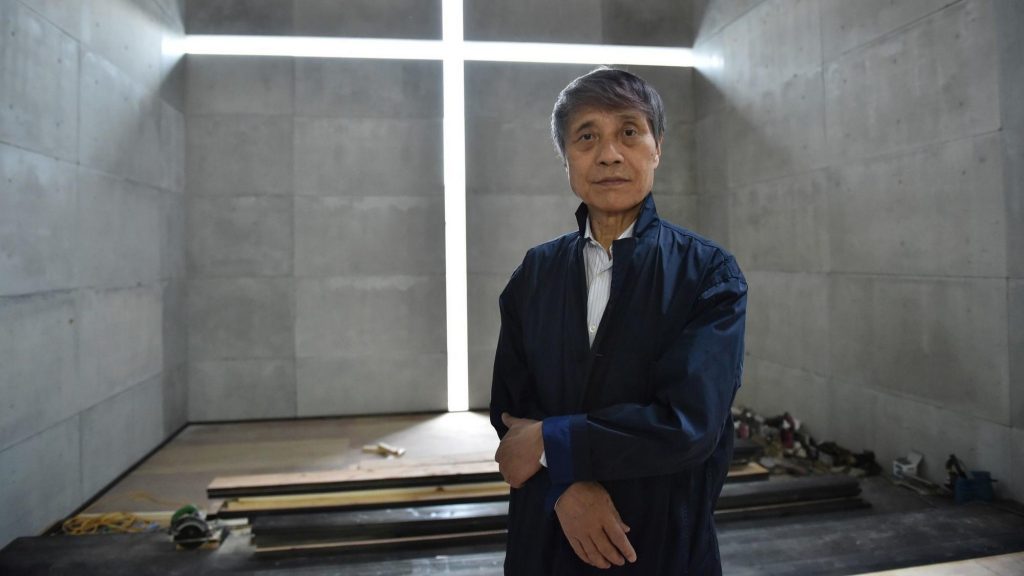
Education: Self taught, No formal education
Notable works: Row House, Church of the light, Water Temple
Quote: “The speed of change makes you wonder what will become of architecture.”
Tadao Ando’s architectural style is said to create a “haiku” effect, emphasizing nothingness and empty space to represent the beauty of simplicity. He favors designing complex spatial circulation while maintaining the appearance of simplicity. A self-taught architect, he keeps his Japanese culture and language in mind while he travels around Europe for research. The simplicity of his architecture emphasizes the concept of sensation and physical experiences, mainly influenced by Japanese culture. The religious term Zen, focuses on the concept of simplicity and concentrates on inner feeling rather than outward appearance. Zen influences in Ando’s work. In order to practice the idea of simplicity, Ando’s architecture is mostly constructed with concrete, providing a sense of cleanliness and weightlessness (even though concrete is a heavy material) at the same time.
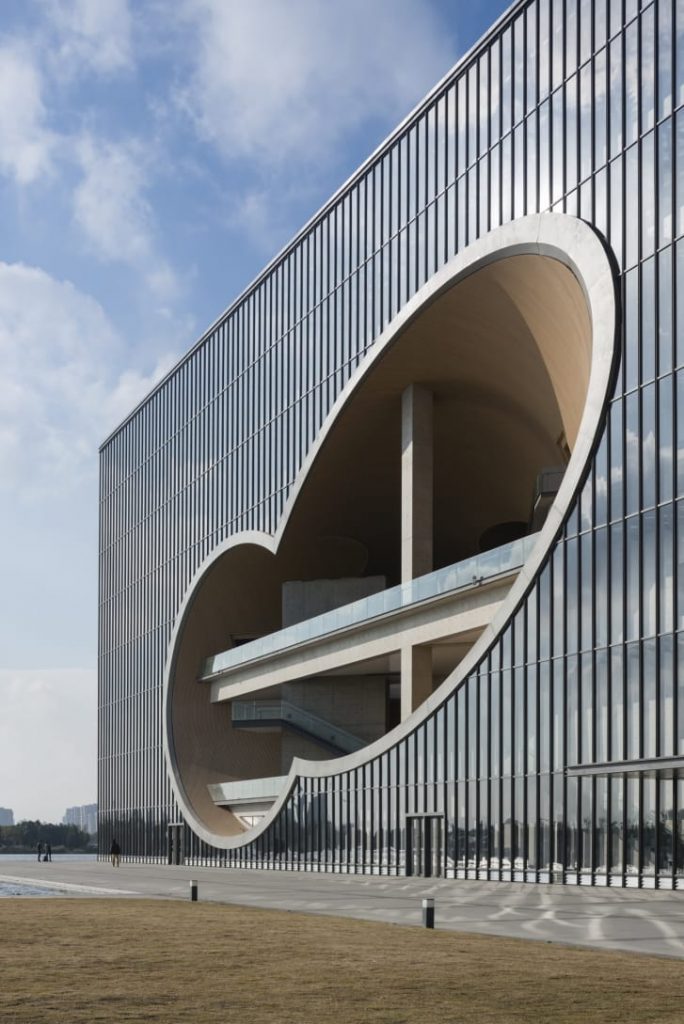
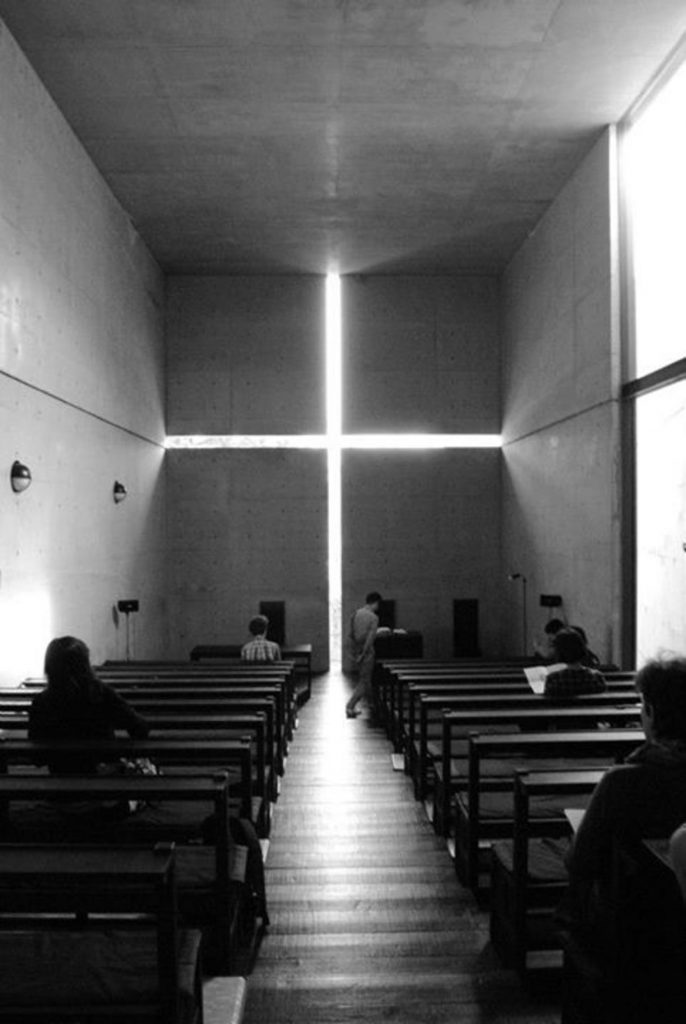
04. Thom Mayne
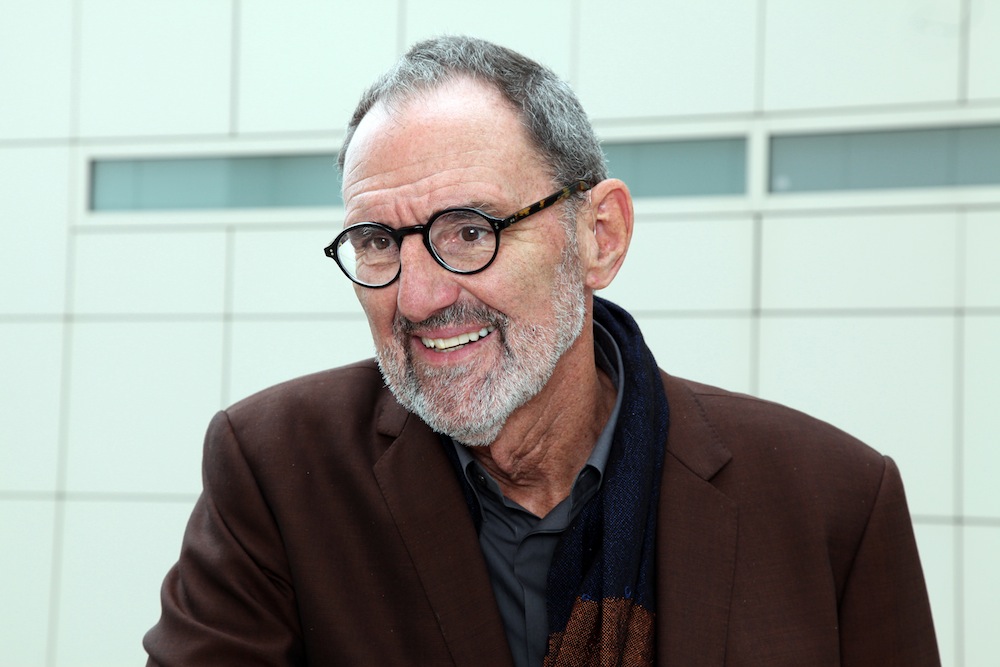
Education: University of Southern California, Harvard Graduate school of design
Notable works: Diamond Ranch High School, University of Toronto Graduate House, Caltrans District 7 Headquarters, Wayne L. Morse United States Courthouse, San Francisco Federal Building
Quote: “Architecture is a result of a process of asking questions and testing them and re-interrogating and changing in a repetitive way.”
Thom Mayne is an American architect, who’s bold and unconventional works were noted for their offset angular forms, layered exterior walls, incorporation of giant letter and number graphics, and emphasis on natural light. His design philosophy arises from an interest in producing work with a meaning that can be understood by absorbing the culture for which it was made, and their goal was to develop an architecture that would reject the normal bounds of traditional forms.


03. Toyo Ito
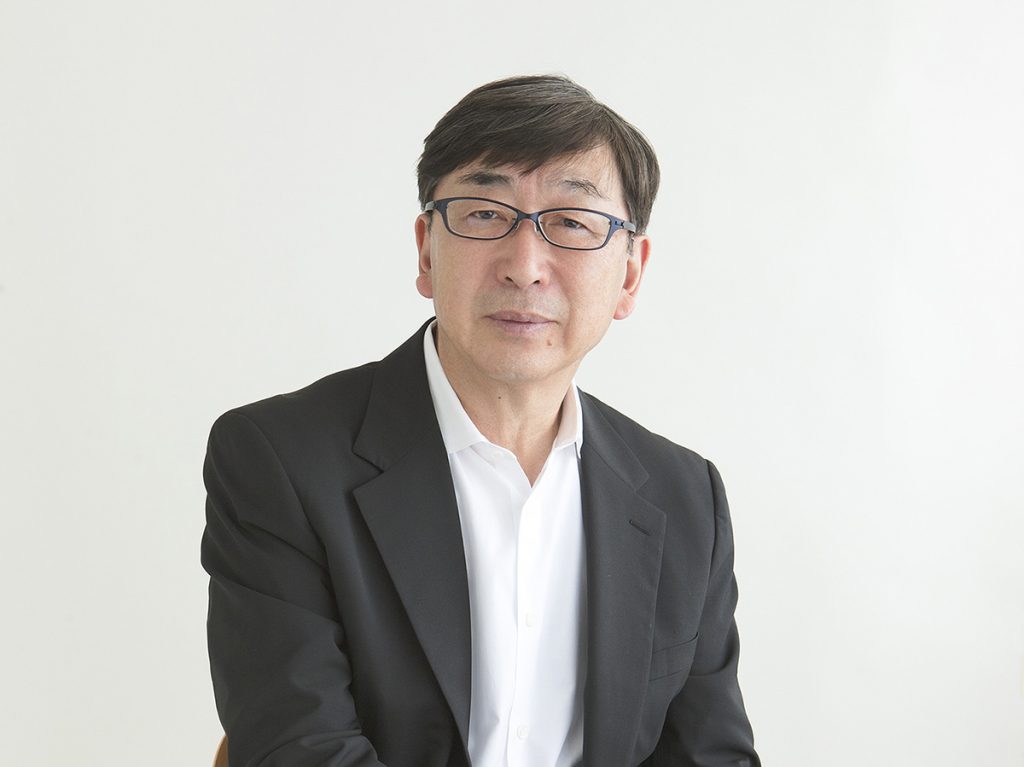
Education: University of Tokyo
Notable works: Vivo City Singapore, World Games Stadium, Toyo Ito Museum of Architecture Imabari, National Taichung Theater, Nagaoka Lyric Hall
Quote: “I think of architecture as a piece of clothing to wrap around human beings”
Toyo Ito’s style is very modern and known for it is conceptual architecture. He always incorporates a lot of his design as to how it looks to the eye. He thinks that geometry figures are most beautiful. Of the Geometry lines, he likes ones like cubes, he likes smooth lines like spheres and he also lines simple ones like circles. He believes that architecture should be relatable to the nature.
Toyo Ito’s style is very modern and known for it is conceptual architecture. He always incorporates a lot of his design as to how it looks to the eye. He thinks that geometry figures are most beautiful. Of the Geometry lines, he likes ones like cubes, he likes smooth lines like spheres and he also lines simple ones like circles. He believes that architecture should be relatable to the nature.


02. Walter Groupis
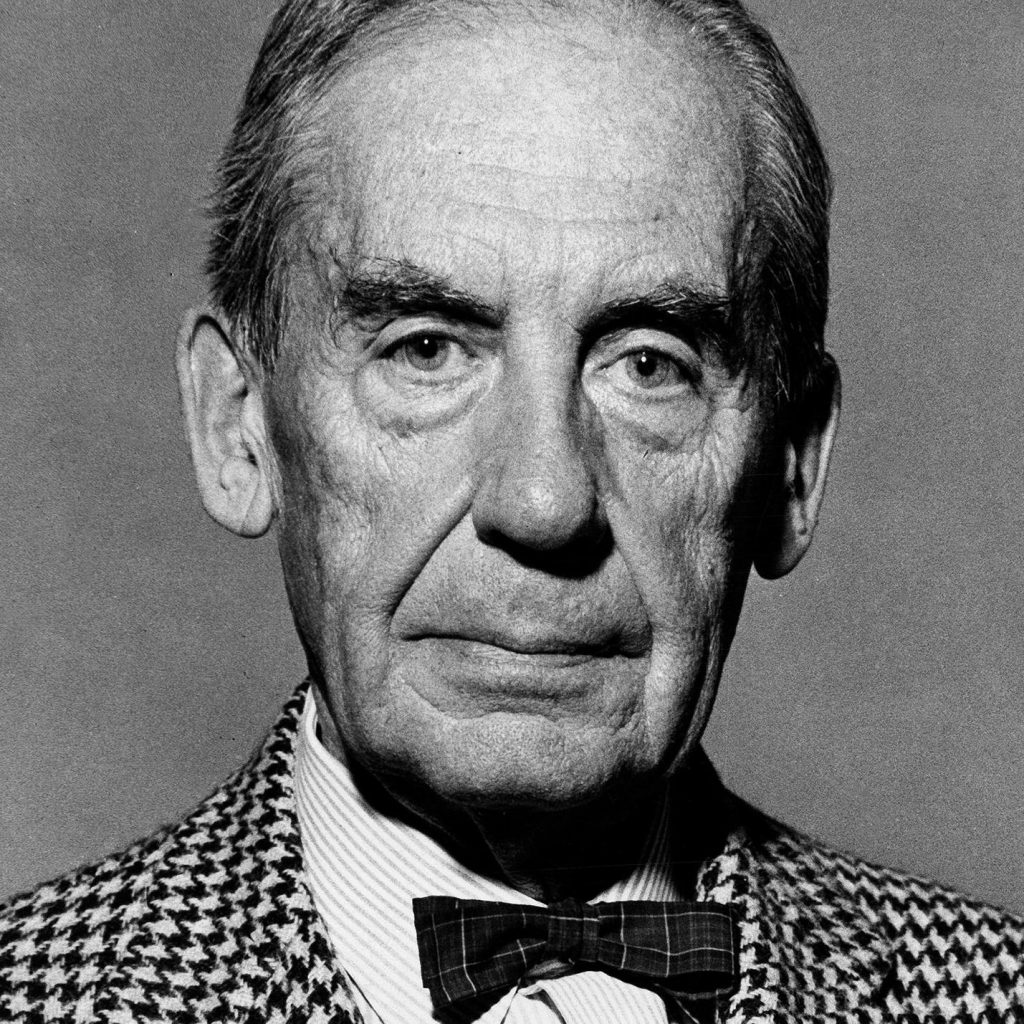
Education: Berlin Institute of Technology, Technical University of Munich
Notable works: Fagus Factory, Werkbund Exhibition, Bauhaus, Gropius House, University of Baghdad, J.F. Kennedy Federal Building
Quote: “Good architecture should be a projection of life itself, and that implies an intimate knowledge of biological, social, technical, and artistic problems.”
Gropius is credited with the introduction of modernist architecture to the United States through his design of the Gropius House and his teaching at Harvard University. Gropius’s buildings were in stark contrast to previous architectural styles and were characterized by their cubic design, flat roofs and expanses of glass that allowed for a merging of interior and exterior spaces .He believed that all design should be approached through a study of the problems that needed to be addressed and he consequently followed the modernist principle that functionality should dictate form. He experimented with innovative building and assembly techniques using prefabricated units and new materials such as reinforced concrete.
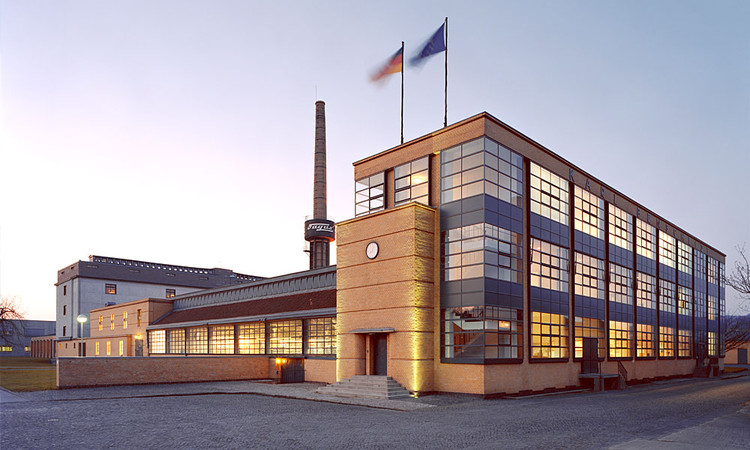

01. Zaha Hadid
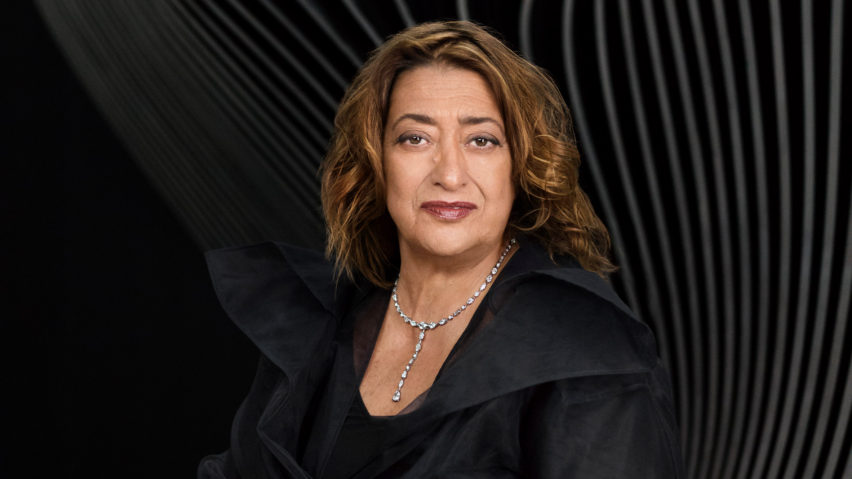
Education: Architectural Association, London
Notable works: MAXXI, Bridge pavilion, Administration Building of BMW Factory, Heydar Aliyev Center
Quote:“I don’t think that architecture is only about shelter, is only about a very simple enclosure. It should be able to excite you, to calm you, to make you think.”
Zaha Hadid was an Iraqi-British Architect. She was known as the “queen of curves”. She was the first woman to receive the Pritzker Architecture Prize, in 2004. Zaha Hadid’s architecture isn’t easily grouped with one particular architectural style. It was a purposeful choice, as Hadid preferred not to limit her practice to a specific movement. She is well-known for her use of geometric shapes to create dynamic, fluid structures.
